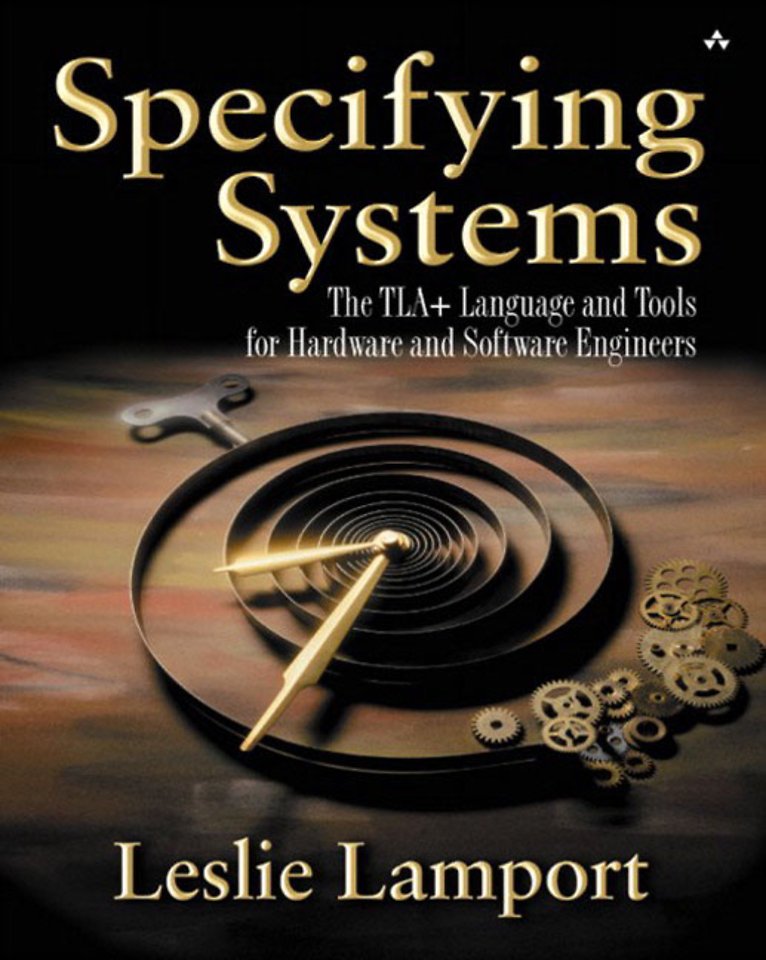Specifying Systems
The TLA+ Language and Tools for Hardware and Software Engineers
Paperback Engels 2002 9780321143068Samenvatting
"TLA+ represents the only effective methodology I've seen for visualizing and quantifying algorithmic complexity in a way that is meaningful to engineers."
--Brannon Batson, Processor Architect, Intel Corporation
This long-awaited book shows how to write unambiguous specifications of complex computer systems.
The first part provides a concise and lucid introduction to specification, explaining how to describe, with mathematical precision, the behavioral properties of a system--what that system is allowed to do. The emphasis here is on safety properties.
The second part of the book covers more advanced topics, including liveness and fairness, real-time properties, and composition.
The book's final two parts provide a complete reference manual for the TLA+ language and tools, as well as a handy mini-manual. TLA+ is the language developed by the author for writing simple and elegant specifications of algorithms and protocols and for verifying the correctness of a design. The language already has proved to be a valuable aid in understanding and building concurrent and distributed systems. Tools for TLA+ syntax analysis and model checking are freely available from the Web, where you can also find supplemental materials for this book, including exercises.
032114306XB06262002
Specificaties
Lezersrecensies
Inhoudsopgave
Rubrieken
- advisering
- algemeen management
- coaching en trainen
- communicatie en media
- economie
- financieel management
- inkoop en logistiek
- internet en social media
- it-management / ict
- juridisch
- leiderschap
- marketing
- mens en maatschappij
- non-profit
- ondernemen
- organisatiekunde
- personal finance
- personeelsmanagement
- persoonlijke effectiviteit
- projectmanagement
- psychologie
- reclame en verkoop
- strategisch management
- verandermanagement
- werk en loopbaan

